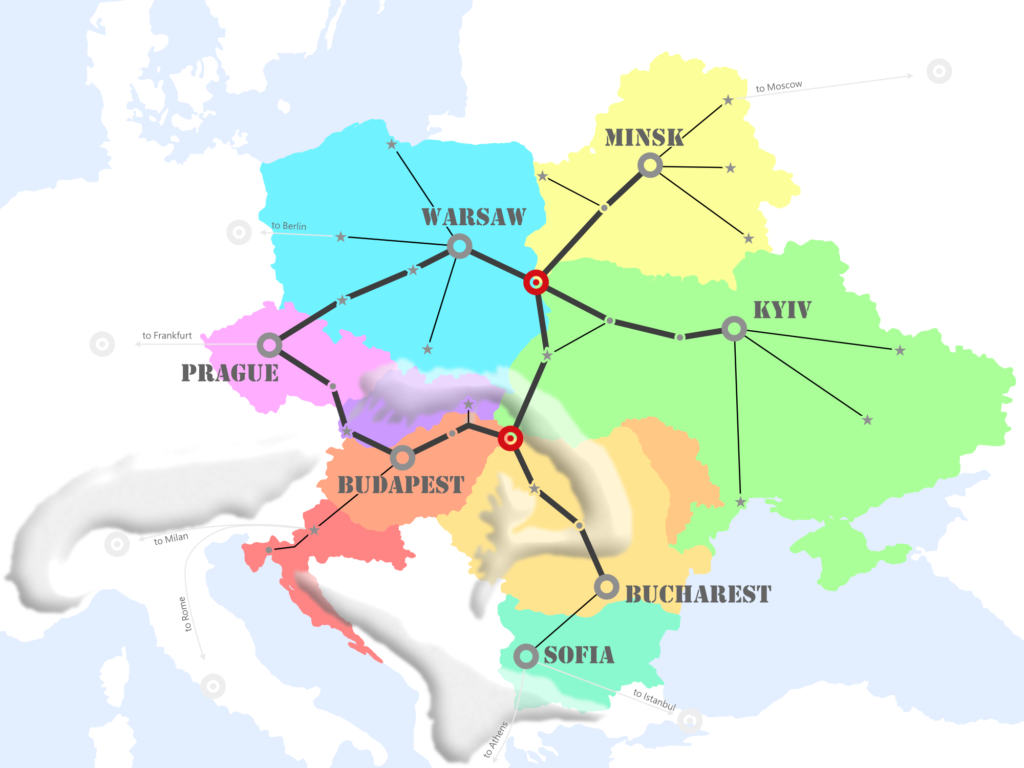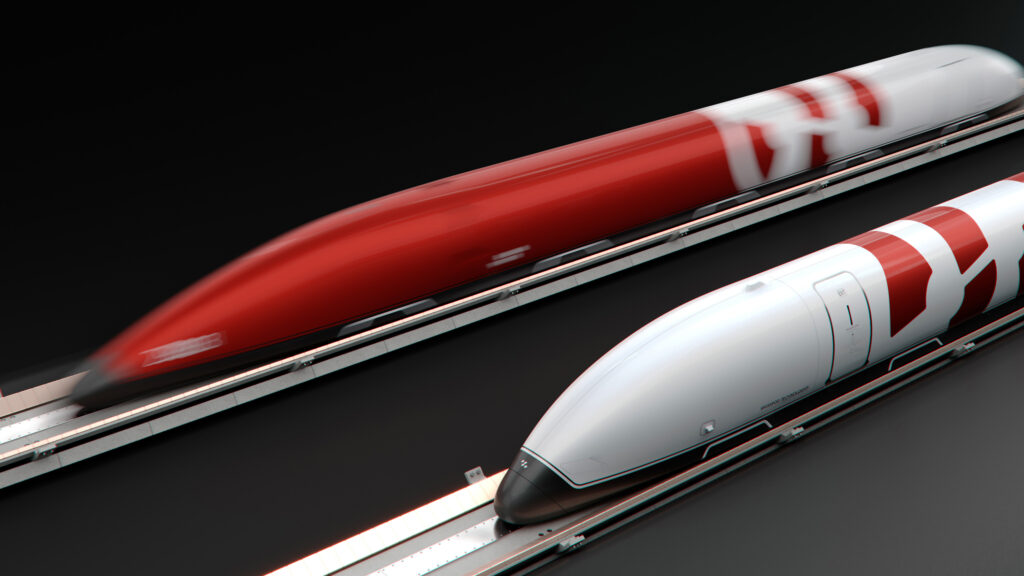About Us
Hyperloop Belarus is dedicated to the idea of hyperloop and related high-speed rail technologies, and their potential application in the region of Central-Eastern Europe (Intermarium).
Our aim is to promote the hyperloop technology, influence opinions of key stakeholders in the region, develop further the idea of tube transport, educate the general public about its advantages, and help identify the best high-speed solution for the region as a whole.
The Region of Three Seas – Baltic, Black and Adriatic – is crucial to any trans-European infrastructure, and its strategic choices will have continent-wide ramifications.
About Us
Hyperloop Belarus is dedicated to the idea of hyperloop and related high-speed rail technologies, and their potential application in the region of Central-Eastern Europe (Intermarium).
Our aim is to promote the hyperloop technology, influence opinions of key stakeholders in the region, develop further the idea of tube transport, educate the general public about its advantages, and help identify the best high-speed solution for the region as a whole.
The Region of Three Seas – Baltic, Black and Adriatic – is crucial to any trans-European infrastructure, and its strategic choices will have continent-wide ramifications.
Main Players
News
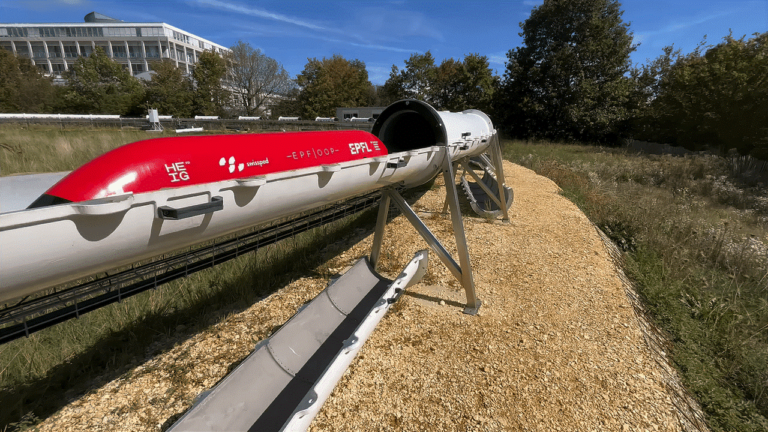
Swisspod announce new €7M funding round for hyperloop transport
Startup co-founded by Romanians and backed by Richard Branson targets EUR 7 mln to advance hyperloop technology for high-speed transportation. The company has expanded its research and development efforts in Colorado, USA, and, through a partnership with TuTr Hyperloop, is working on developing and deploying this cutting-edge technology in India.

Swisspod starts building hyperloop test track at PuebloPlex
Construction is underway for Swisspod’s full-scale test track of its hyperloop transportation system at the PuebloPlex near the Pueblo Airport. The Swiss startup is working with railroad advisory company MxV Rail to build and test a full-scale prototype on land at the current US Army Chemical Depot site.
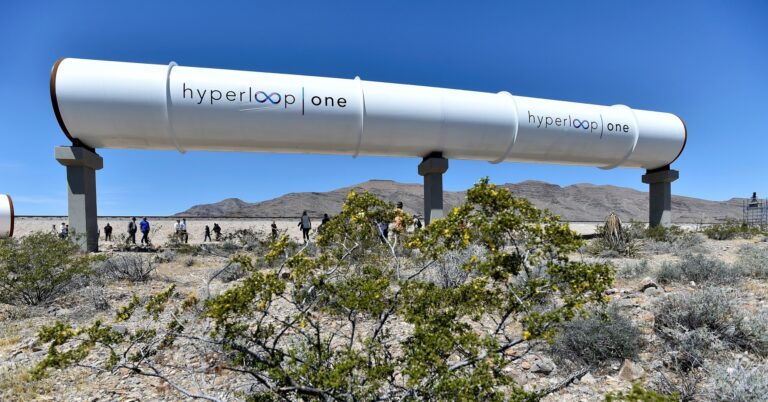
Hyperloop One to shut down. Selling off its assets
Hyperloop One is dead for real this time. The company is selling assets, laying off remaining employees, and preparing to shut down by the end of 2023.

China completes test track for 1,000 km/h Hyperloop
China Aerospace Science and Industry Corporation (CASIC) completed the main structure of a 2-km full-scale test pipeline in North China’s Shanxi province, the longest of its kind globally.
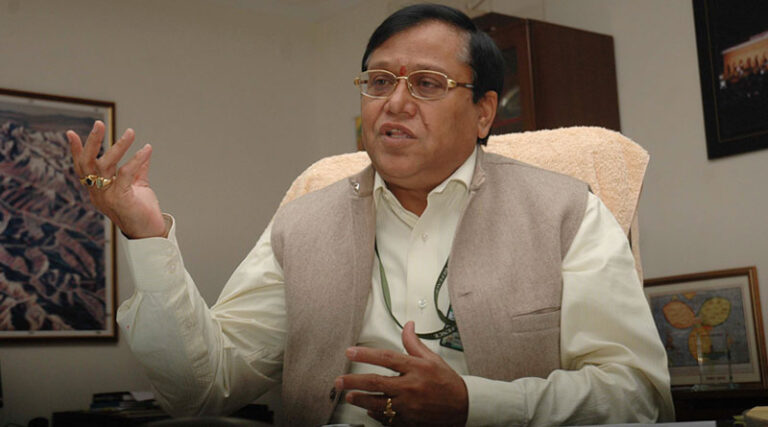
India unlikely to have hyperloop trains in near future: NITI member Dr. VK Saraswat
India is unlikely to go in for hyperloop technology for ultra high-speed trains in the near future as the technology is at a ‘very low level’ of maturity and may not be economically viable at the current juncture, NITI Aayog Member Dr. VK Saraswat said.
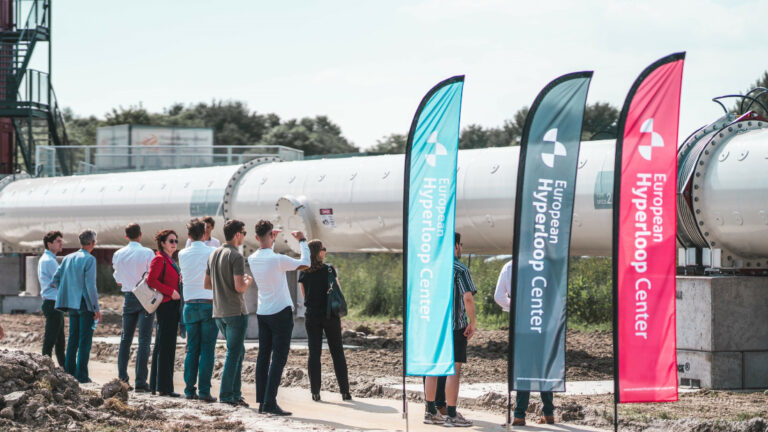
Kick-off of the European Hyperloop Center
At the European Hyperloop Center (EHC) kick-off event in Groningen, the Netherlands, Hardt Hyperloop, together with the partners in the Hyperloop Development Program, celebrated the ceremonial placement of one of the first hyperloop pipes at the EHC.
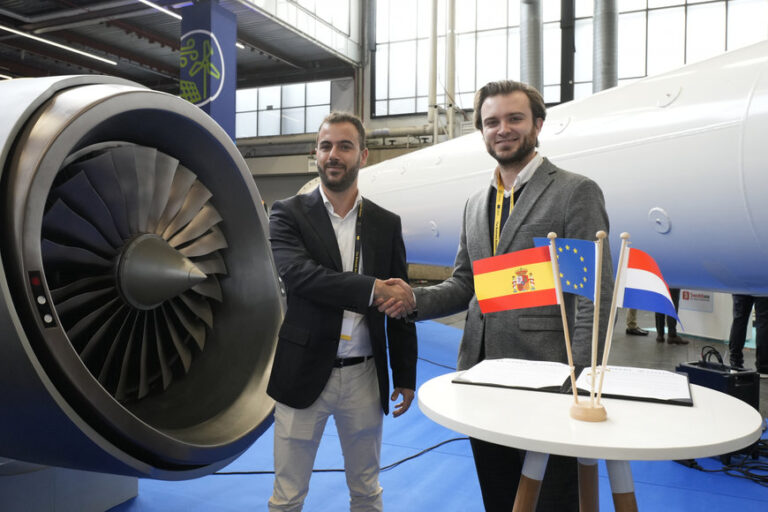
Hardt and Zeleros sign Memorandum of Understanding to expedite development
Leading hyperloop innovators Hardt, from the Netherlands and Zeleros, from Spain, have signed a Memorandum of Understanding to expedite the technical and commercial development of hyperloop.
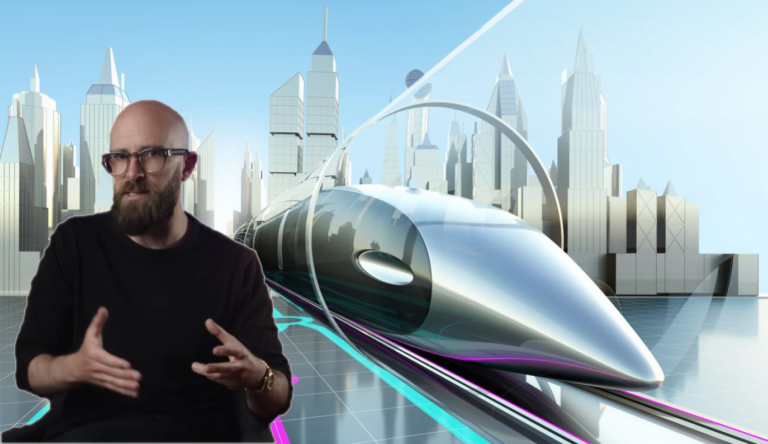
Overview of Hyperloop projects by Megaprojects
Simon Whistler delves into the Hyperloop idea, its complex history, innovative companies like HyperloopTT, TransPod, EuroTube, and China’s ambitious plans. Will this game-changing transportation technology redefine our world?
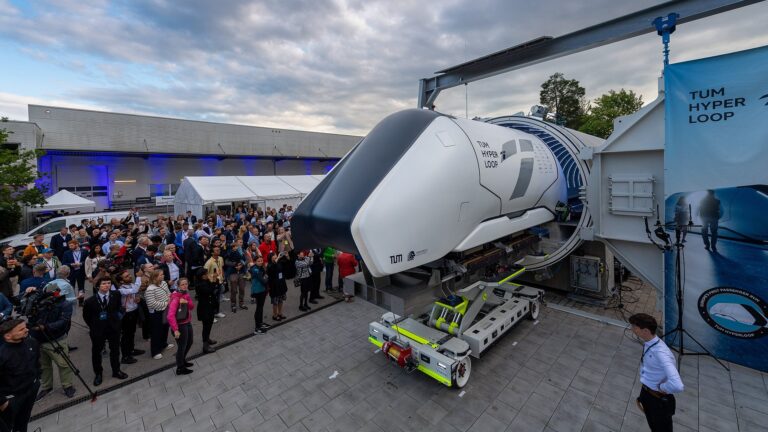
TUM Hyperloop test track opens near Munich
The Hyperloop test track in Ottobrunn near Munich is now complete. The transportation system, envisioning passenger capsules traveling at approximately 850 kilometers per hour through a near-vacuum tube, takes a crucial step forward in its research and development.
